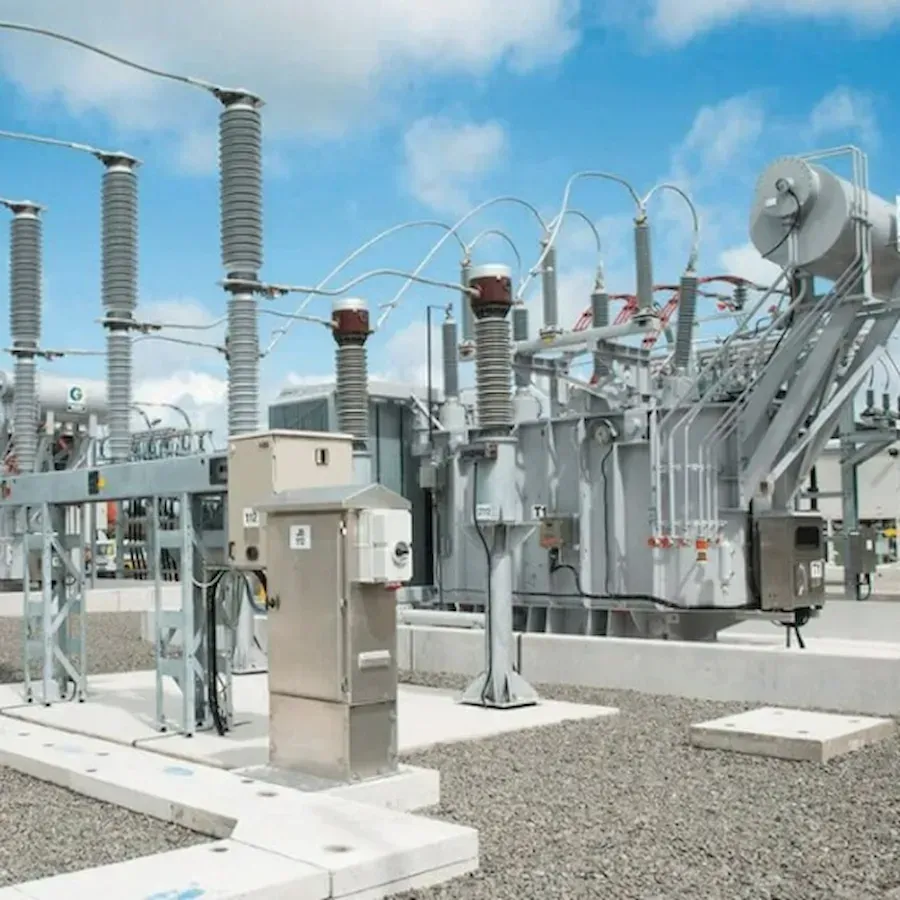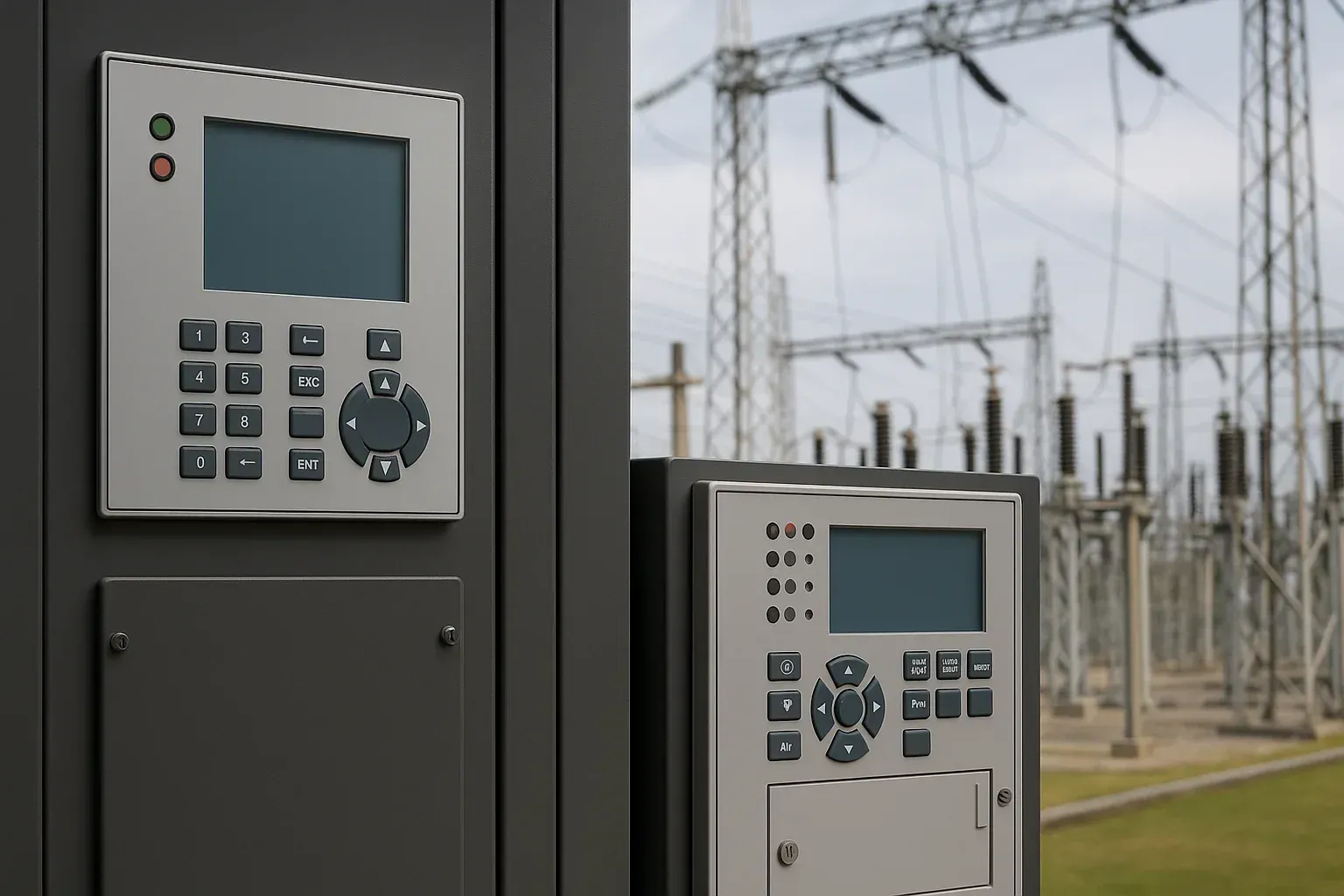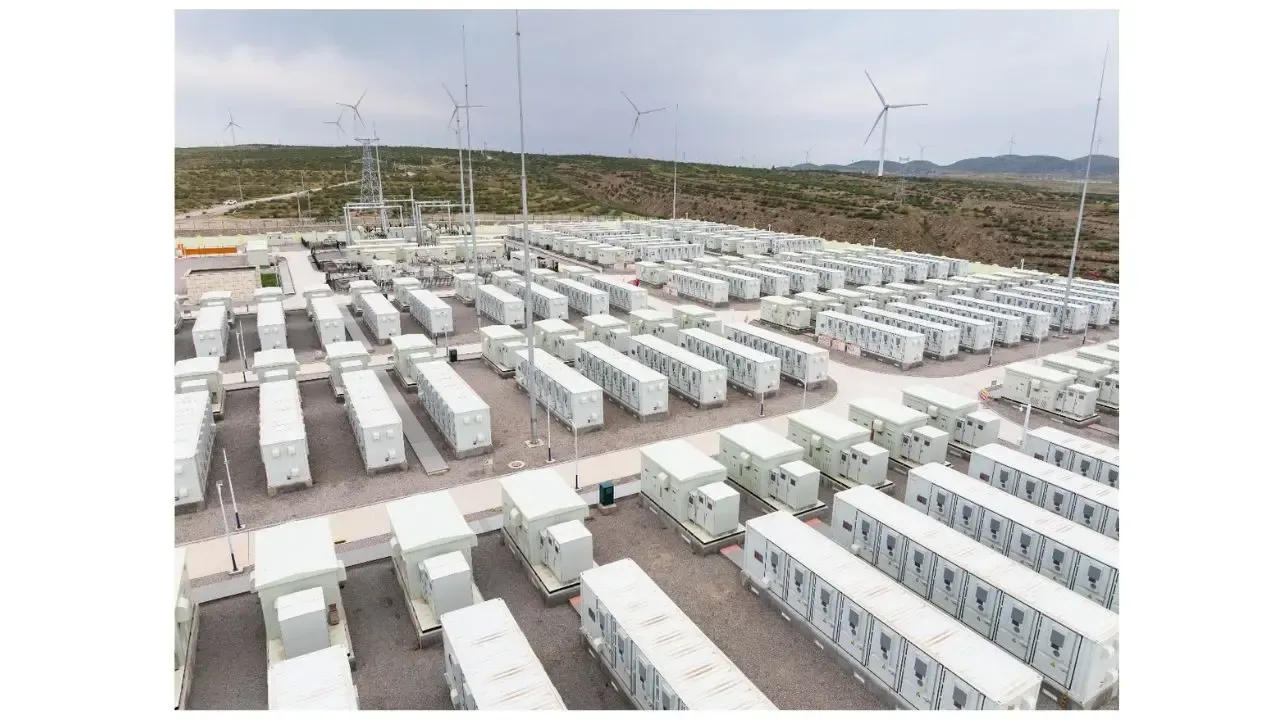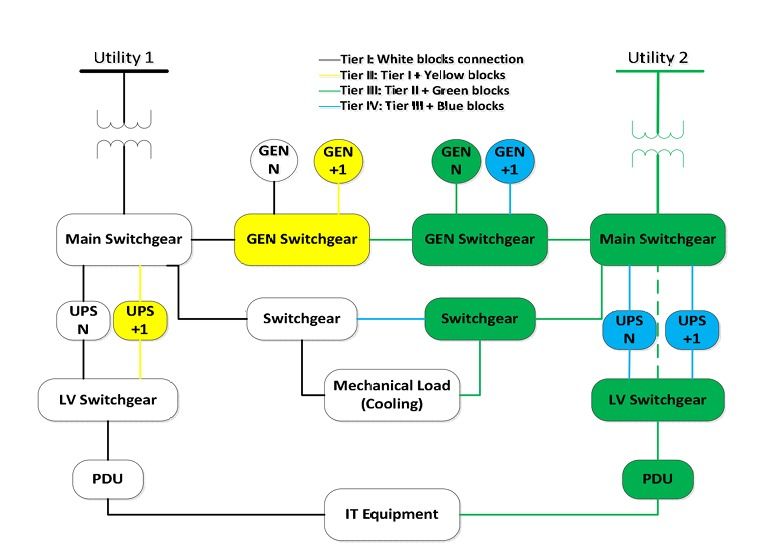A Coordinated Electric System Interconnection Review—the utility’s deep-dive on technical and cost impacts of your project.
Challenge: Frequent false tripping using conventional electromechanical relays
Solution: SEL-487E integration with multi-terminal differential protection and dynamic inrush restraint
Result: 90% reduction in false trips, saving over $250,000 in downtime
Ensuring Grid Reliability with EMT Modeling Compliance – CAISO Requirements
April 23, 2025 | Blog

As the energy landscape continues to evolve with increasing integration of inverter-based resources (IBRs), battery energy storage systems (BESS), and advanced power electronics, California ISO (CAISO) mandates robust Electromagnetic Transient (EMT) modeling to ensure the reliability of the bulk electric power system. At Keentel Engineering, we specialize in developing, validating, and submitting EMT models that comply with CAISO’s stringent standards for both synchronous and inverter-based generators.
Why EMT Modeling Matters
Traditional RMS-based dynamic models cannot capture fast electromagnetic events such as sub-synchronous oscillations (SSOs), ride-through performance issues, and fast control feedback interactions. EMT modeling solves this by enabling microsecond-level simulation of:
- Unbalanced faults
- Fast switching transients
- HVDC & FACTS device interactions
- System protection and control response
CAISO EMT model submission is mandatory for:
- Resources >10 MVA connected at 60 kV or above
- Aggregated IBRs >20 MVA
- Synchronous machines near series-compensated lines
- All inverter-based resources including wind, solar, and BESS
For details on substation design services related to these facilities, visit our Substation Design Services page.
What We Deliver – Turnkey EMT Model Engineering
Keentel Engineering provides full-scope EMT modeling services using PSCAD™/EMTDC™, built for accuracy, compliance, and reliability:
1. Model Development and Accuracy
- Multi-mass torsional shaft models for synchronous/induction generators
- Full inner loop control for IBRs (including real-code/firmware modeling)
- Excitation, governor, and PSS modeling with field-reflected parameters
- Detailed protection, PLL, ride-through, and voltage control logic
2. Documentation and Configuration
- Vendor and model structure breakdowns
- Complete setup and integration documentation
- Benchmarks: voltage/frequency reference step tests
- Validation: fault and dynamic response tests against field data
3. Usability and System Integration
- Time steps operable from 10μs–20μs
- Model scaling and dispatch control
- Acceptance of external V/Q or P/f references
- Adjustable hardware emulation for realistic performance
4. Software Compatibility and Performance
- PSCAD v4.6.3+ with Intel Fortran v12+
- Fast startup (<5 seconds)
- Multi-instance capable with timed snapshot support
- Modular architecture with no global variables
EMT Model Submission Support
We handle the full submission package for CAISO and relevant Planning Coordinator or Participating Transmission Owner (PTO). This includes:
- All required file formats: *.pswx, *.pscx, *.pslx, *.dll, *.lib
- Configuration files and setup scripts
- Validation reports and model benchmarks
- Coordination with PG&E, SCE, SDG&E, Gridliance, and others
Why Choose Keentel Engineering?
- Over 30 years of electrical engineering experience
- Specialists in CAISO and NERC compliance
- Trusted modeling partner for utility-scale developers
- Proven expertise in Power System Studies and EMT-based simulation
FAQs – EMT Modeling for Power Engineers
1. What is the primary reason CAISO requires EMT modeling?
To capture high-frequency transients and control dynamics not addressed in traditional RMS-based models, especially with increased inverter-based penetration.
2. What PSCAD files must be included in an EMT model submission?
File includes .pswx, .pscx, .pslx, along with associated .dll, .lib, and configuration files (.txt, etc.).
3. Is EMT modeling required for legacy Type 1 and 2 wind turbines?
No. These are currently exempt unless repowered or integrated with new IBR tech.
4. What’s the difference between “real-code” and standard models?
Real-code refers to firmware or compiled control logic directly used in models; standard models may require validation against field data.
5. How detailed must generator protections be in EMT models?
All AC and DC protections must be represented, including under/over voltage, frequency, loss-of-field, SSO mitigation, and more.
6. How should inverter inner controls be modeled?
Use a full IGBT switching model or average source with complete inner control detail; standard block models require performance validation.
7. What is the Multi-Mass Shaft Model requirement?
EMT models must reflect inertia constants, shaft spring constants, torque distribution, and damping—single-shaft approximations are disallowed.
8. What testing is required for model validation?
Flat run, three-phase fault test, step changes in voltage/reactive power and frequency/active power, and MOD-026/027 validation if applicable.
9. Can protection functions be disabled during simulations?
Yes. Temporarily disabling protections aids in diagnostic and comparative testing scenarios.
10. Are aggregate plant models acceptable for multi-resource sites?
Yes. An aggregated model may be submitted with each generating unit’s EMT model for holistic representation.
11. What are the usability requirements for EMT models?
Models must accept reference signals mid-simulation, support scaling, and dispatch below nameplate, and be capable of autonomous initialization.
12. What SCR value is used in test case configurations?
A typical SCR value of 3 is used for validation unless site-specific studies dictate otherwise.
13. Can models be submitted with manufacturer default settings?
No. All model parameters must reflect actual field-installed settings.
14. How fast must EMT models initialize?
Less than 5 seconds to full output with user-supplied terminal conditions is recommended.
15. What compiler and software versions are supported?
Models must be compiled with Intel Fortran v12+ and be compatible with PSCAD v4.6.3 or later.
Contact Keental Engineering for CAISO-Approved EMT Modeling
When it comes to EMT model development, validation, and regulatory submission, Keentel Engineering is the go-to firm trusted by utilities and developers alike. Our models are not only CAISO-compliant but field-proven for accuracy, efficiency, and ease of integration.
If your renewable energy, BESS, or inverter-based generation project requires EMT modeling support, let’s talk.

About the Author:
Sonny Patel P.E. EC
IEEE Senior Member
In 1995, Sandip (Sonny) R. Patel earned his Electrical Engineering degree from the University of Illinois, specializing in Electrical Engineering . But degrees don’t build legacies—action does. For three decades, he’s been shaping the future of engineering, not just as a licensed Professional Engineer across multiple states (Florida, California, New York, West Virginia, and Minnesota), but as a doer. A builder. A leader. Not just an engineer. A Licensed Electrical Contractor in Florida with an Unlimited EC license. Not just an executive. The founder and CEO of KEENTEL LLC—where expertise meets execution. Three decades. Multiple states. Endless impact.
Services

Let's Discuss Your Project
Let's book a call to discuss your electrical engineering project that we can help you with.

About the Author:
Sonny Patel P.E. EC
IEEE Senior Member
In 1995, Sandip (Sonny) R. Patel earned his Electrical Engineering degree from the University of Illinois, specializing in Electrical Engineering . But degrees don’t build legacies—action does. For three decades, he’s been shaping the future of engineering, not just as a licensed Professional Engineer across multiple states (Florida, California, New York, West Virginia, and Minnesota), but as a doer. A builder. A leader. Not just an engineer. A Licensed Electrical Contractor in Florida with an Unlimited EC license. Not just an executive. The founder and CEO of KEENTEL LLC—where expertise meets execution. Three decades. Multiple states. Endless impact.
Leave a Comment
We will get back to you as soon as possible.
Please try again later.
Related Posts














